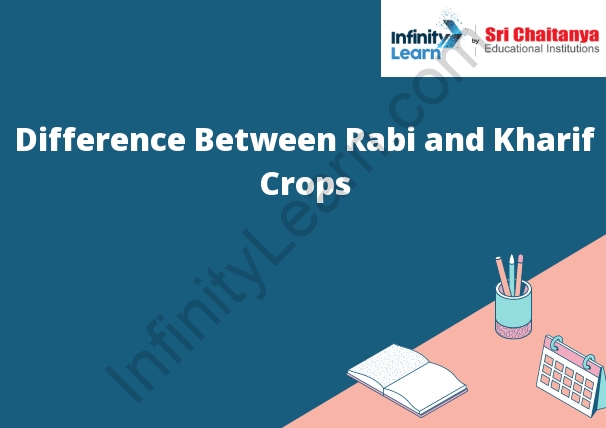Table of Contents
What are Rabi Crops?
Rabi crops are a type of winter crop that is grown in the colder parts of the world. These crops are planted in the fall and harvested in the spring. Rabi crops include wheat, barley, and other grains. Difference Between Rabi and Kharif Crops.

Examples of Rabi crops:
Rabi crops are those that are grown in winter, in the cold season. There are many different types of rabi crops, but some of the most common ones include wheat, barley, and rapeseed. These crops are planted in the fall, and they grow and mature during the winter. They are harvested in the spring, when the temperatures are warmer.
What are Kharif Crops?
Kharif crops are the main crops that are grown in India during the rainy season. They are grown during the monsoon season when there is ample rainfall. Kharif crops include rice, maize, pulses, oilseeds, and cotton. These crops are irrigated with surface water and rainwater.
Examples of Kharif crops:
Kharif crops are typically planted in the spring and harvested in the fall. Rice, corn, and soybeans are all common kharif crops.
The Differences Between Rabi and Kharif Crops
There are a few key differences between rabi and kharif crops. The most obvious difference is the time of year that they are grown. Rabi crops are grown during the winter, while kharif crops are grown during the summer. Another difference is that rabi crops are generally grown in colder climates, while kharif crops are grown in warmer climates. Rabi crops are also generally smaller in size than kharif crops. Finally, the primary purpose of rabi crops is to provide livestock with food, while the primary purpose of kharif crops is to provide humans with food.
What are Zaid Crops?
Zaid crops are a term used to describe crops that are planted in addition to the main harvest. These crops are typically planted to take advantage of untilled land or to supplement the main harvest. Zaid crops can be used to improve soil quality, provide food for livestock, or to produce additional income.
Examples of zaid crops:
Zaid crops are crops that are purposely planted in an area that has been previously planted with a different crop. This is done in order to take advantage of the nutrients that are left in the soil after the previous crop has been harvested. Some examples of zaid crops include corn, soybeans, and cotton.








